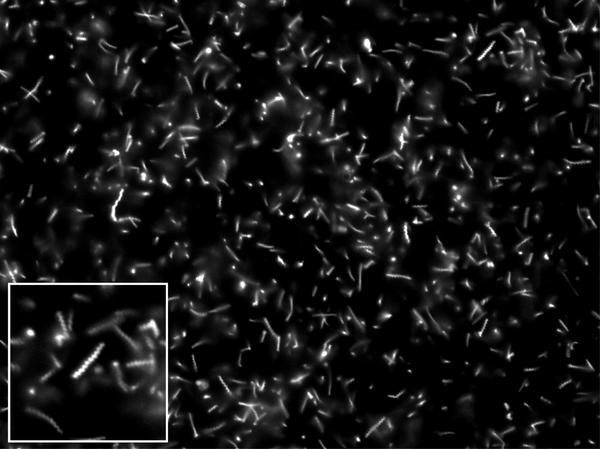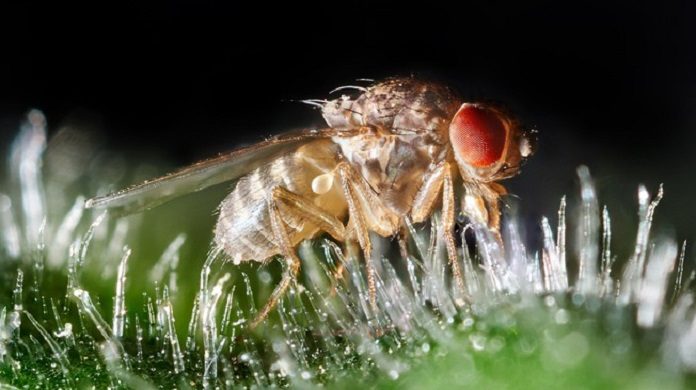During the mid of the fifties, scientists were unable to find the reason behind when two strains of the same fruit fly species (Drosophila) crossed, they only produced female flies even if having 50:50 sex ratio.
Now, EPFL scientists solved this mystery by discovering the gene behind this gender-specific killing. The main cause was a hidden bacterium, Spiroplasma poulsonii a hidden bacterium, that specifically kills the males of its fruit-fly host.
Spiroplasma is an endosymbiotic bacterium that lives in the fruit fly’s blood and is passed on to it posterity through the female’s oocytes. This bacterium remains generally escaped its host, however, instigates an intriguing regenerative control: the particular murdering of male fetuses.
The bacteria promotes the long-term perseverance of the symbiotic bacteria by increasing the frequency of infected females who then transmit the bacteria to their offspring.

Originally, the Spiroplasma produces an “androcidin” toxin, which kills males. But despite several attempts, the identity of this of this male killer has remained a mystery. Scientists now identified the elusive male-killing bacterial factor, Spaid, that encode a protein that has specific auxiliary qualities required for its limitation and action inside the bacterium.
Spaid specifically binds to the X chromosome of male embryos and interferes with a “male-specific process”, such as a mechanism that increases the transcription of genes on the X chromosome.
Dr. Toshiyuki Harumoto at EPFL said, “To our knowledge, Spaid is the first bacterial effector protein identified to date that affects host cellular machinery in a sex-specific manner. And it is also, to our knowledge again, the first paper to identify an insect endosymbiont factor causing male killing. As such, we expect that it will have a big impact on the fields of symbiosis, sex determination and evolution.”
Scientists reported their findings in the journal Nature.
